- 3-2021 GfK Segmentation Germany
- 3-2021 GfK Segmentation Germany
A birds-eye view of egg consumers in Germany
Valuable insights from the latest GfK study
Today, we have some especially valuable intelligence for you. We’re sharing some key learnings from a qualitative GfK study amongst grocery shoppers in Germany, for the benefit of producers, egg marketers and retailers.
This is our third German study, following others conducted in 2011 and 2014. So what do you want to know? What are the standout findings? Are there significant changes?
You don't know our GfK surveys yet? Then take a look here and discover the consumer segments.
Engagement is growing among German egg buyers
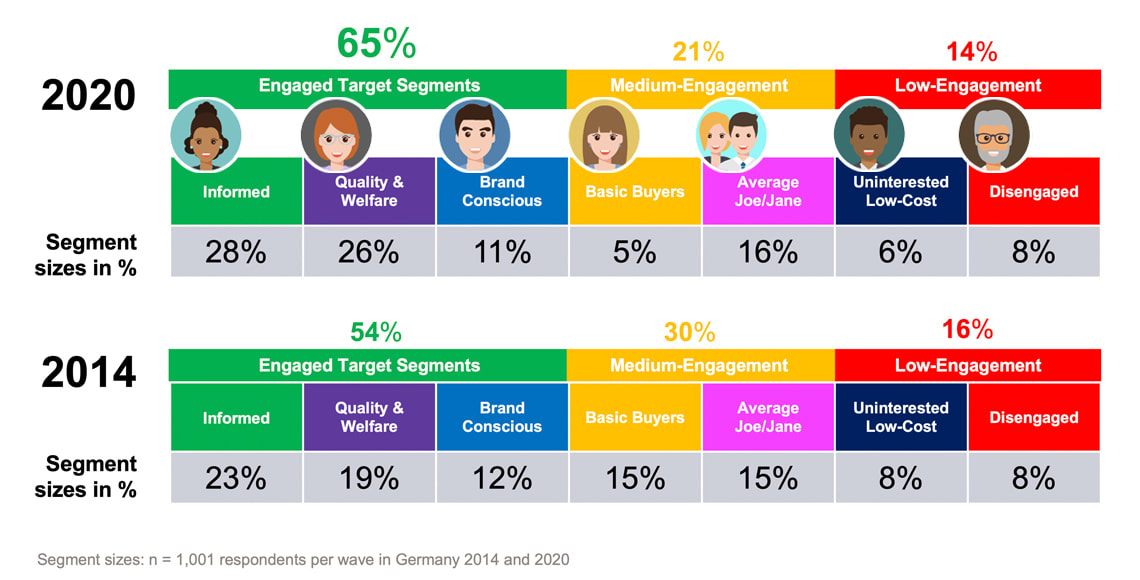
The engaged target groups in Germany have grown by an outstanding 11% since 2014 and now account for 65%, or 2/3 of the total share. There is a clear move from basic buyers to higher value buyers, who are willing to pay more for their eggs when assured about quality, health, animal welfare or other ethical aspects.
The main purchase criteria for eggs are still freshness, taste and domestic production. But animal welfare plays an increasingly strong role for many consumers.
TIP: Whether you are an egg producer, egg marketer or a product or category manager in retail – you can take advantage of the growth of higher value segments by launching new brands rooted in animal welfare and/or German origin-based brands.
Housing types: the gap between claimed and actual purchase behaviour

Source: GfK studies 2011, 2014, 2020
The study showed that more than half of consumers bought free-range eggs in 2020, almost a third opted for organic eggs and only a quarter for barn eggs.

Source: MEG / Federal Agency for Agriculture and Food
However, the official consumption statistics show that in 2020 only 33% of eggs bought were free-range, while over 50% were barn eggs and 16% were organic.
Barn eggs still the most popular choice
In the GfK survey, 51% of respondents claimed to buy free-range eggs. 31% stated they buy organic eggs and only 25% say they buy barn eggs. Although this information reveals nothing about the quantities purchased, it nevertheless shows that there is still a considerable gulf between claim and reality - at 50.2%, barn housing is still the most common housing type (although its share has decreased significantly since 2014).
However, the share of free-range and organic farming has increased strongly over this period, while small group housing and enriched cages have almost disappeared. So, the trend is clearly recognisable and the appetite for free-range and organic eggs is demonstrably present.
In particular, the segments "Quality & Animal Welfare" and "Brand Conscious" offer the very best growth opportunities for the high-value egg categories.
TIP: Producers should focus on creating capacity for growth in free-range and organic egg farming, for which there is increased demand among consumers. Retailers should update their category management plans so that their range reflects consumer demand — not just the egg producer capacity. They should also consider the amount of space they allocate to the high-value category, which offers considerable growth potential.
Increase egg consumption and boost sales
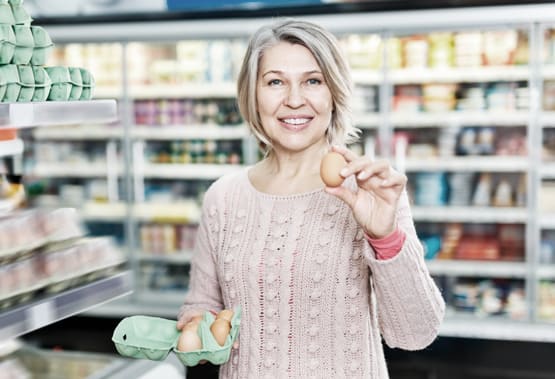
Eggs are enjoying growing popularity. Consuming 239 per capita in 2020 (cf: 228 in 2014), Germany is one of the leading egg-buying countries in Europe. But it doesn’t stop there. More and more German consumers are reducing their meat consumption and looking for high-quality alternative protein sources. Eggs undoubtedly make an excellent meat alternative, as they’re rich in high-quality proteins, can be used in a variety of ways to prepare meals and are more affordable than many types of meat.
This opens up numerous opportunities to push sales of eggs in Germany, be it good secondary placement or in-store promotions. Cross promotions work well, where complementary products for cooking and baking recipes are advertised. Think asparagus & eggs, eggs & flour, spinach & eggs or eggs & mustard or, or, or …

Well thought-out recipe suggestions can trigger purchase behaviour.
The study also showed that eggs are an “impulse category” for many consumers. Almost three quarters say they remembered at the egg shelf that they needed eggs or could prepare a certain dish with them. So, why not make some additional space for them if so many decisions are made there?
In-store visibility is therefore key and can be enhanced by good placement - e.g. proximity to the fruit and vegetable section - as well as target group-oriented assortment and category management. Both brand-conscious and low-engaged consumer segments will be attracted by complementary products or delicious recipes. It motivates them to buy eggs, even if they had not planned to do so beforehand.
Who wants plastic? Hardly anyone
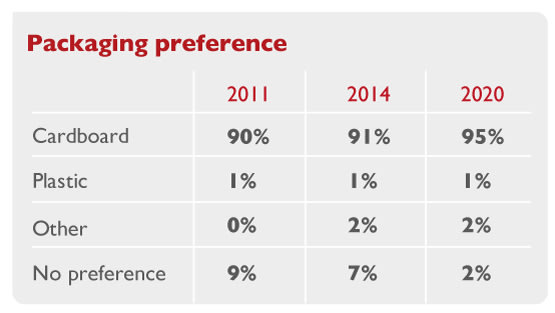
Question “What type of packaging do you prefer?” (Source: GfK studies in 2011, 2014 and 2020)
With an average share of 95%, the preference for cardboard has reached an extremely high level - which even rises to 98% depending on the segment - thus once again topping the values from 2014.
Christof Feckler, Sales Director Central Europe at Hartmann, is pleased with the results of the survey: "Once again, cardboard was confirmed as the top choice for egg packaging. The basic properties of cardboard make it the perfect packaging material: it’s made from a renewable raw material, it’s recyclable and it’s biodegradable. You can’t beat it".
It makes it clear that awareness of sustainable packaging has risen once again in Germany, no matter whether you ask the customers of Edeka, Rewe, Kaufland, Real or Aldi, Lidl, Netto, Penny or Norma, the preference value is always at least a whopping 93%.
On top: Going climate neutral
When asked if it makes sense to offer eggs in climate neutral packaging, Christof says: "Absolutely. Our CO2 neutral egg cartons are a strong option. Among the engaged target segments, climate-neutral egg cartons score very high". This is also confirmed by the current Climate Awareness Report by ClimatePartner.
"The concept taps into the European climate agenda and can be harnessed by producers to increase their brand's value, or give them an opportunity to launch new products using the climate neutral concept in a cost-efficient way", Christof adds.

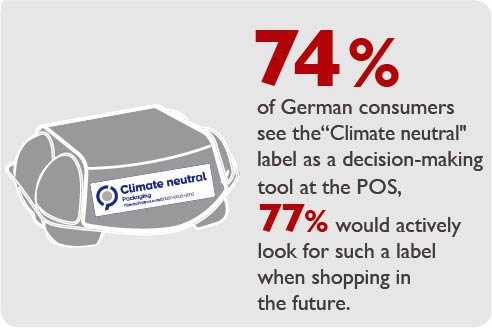
Source: Climate Awareness Report for Germany, ClimatePartner, 2021
Survey methodology
The statements are based on the responses of a total of 1,001 people in Germany who were contacted by the market research institute GfK in the second half of 2020, as part of an online survey commissioned by Hartmann.
This is a representative sample of grocery shoppers in terms of age, gender and region. All respondents had personally bought eggs at least once in the last 3 months.
The survey results were then compared to those from 2014 to identify how attitudes and consumption patterns have changed over that time.
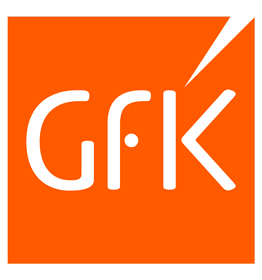
GfK surveys commissioned by Hartmann
Hartmann studies the purchasing behaviour of egg consumers more intensively than any other company.
Consumer segmentation studies for the egg category are available for 13 European countries and 4 American states.
For more information please contact our Marketing department: marketing@hartmann-packaging.com
or liaise with your local Hartmann Sales Manager.
Because "il cliente" is always right.
07 April 2022
Eggs for all: Nature's perfect package
08 October 2021
Two companies working in harmony on your production line.
07 April 2022